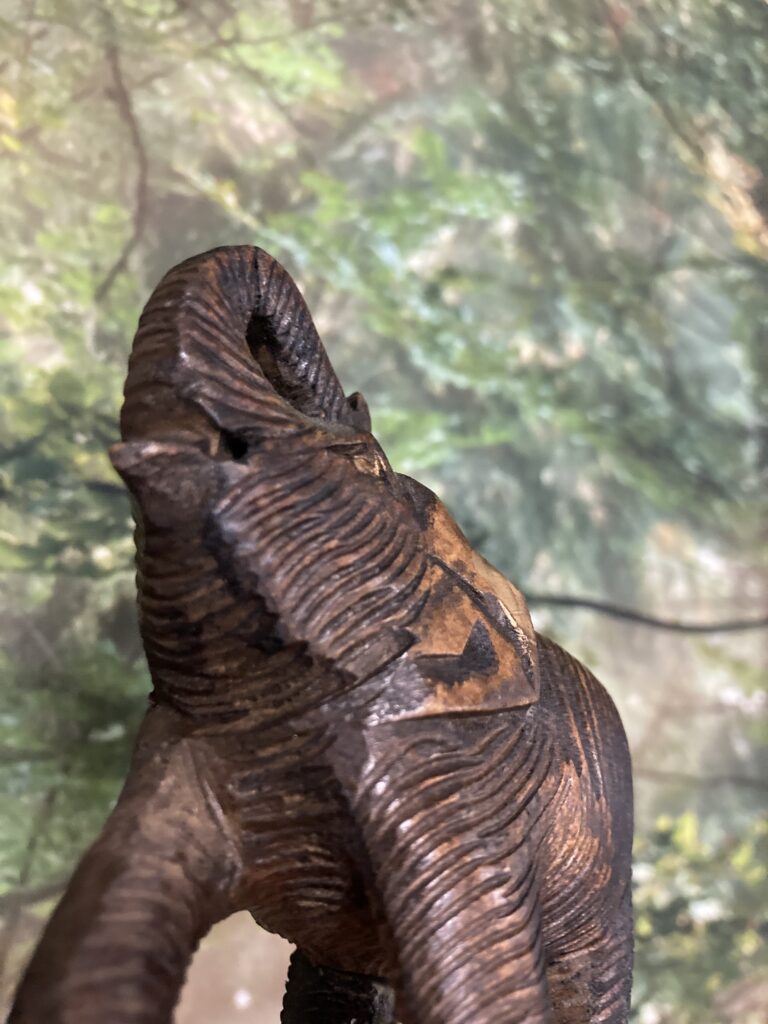Sophie and Bruna
The collage was born out of the idea of depicting our experiences in Berlin specifically through the lenses of the body. Of course the body is an essential part of sensing the world, but more than that, we want to show how bodies that look a certain way (e.g. female, racialized) are also impacted differently by the city and its people. This becomes clear in the piece through the multiple mentions of racism and reflections on gender. On top of that, we included excerpts from academic texts that discuss the psychological impacts of racism/misogyny (e.g. DuBois’ double consciousness), journal entries, and references to the city itself (e.g part of the U+S Band, green landscapes).
(I forgot to take pictures but I will add them tonight, sorry)







